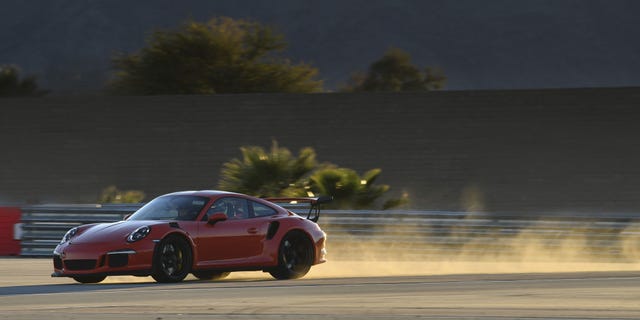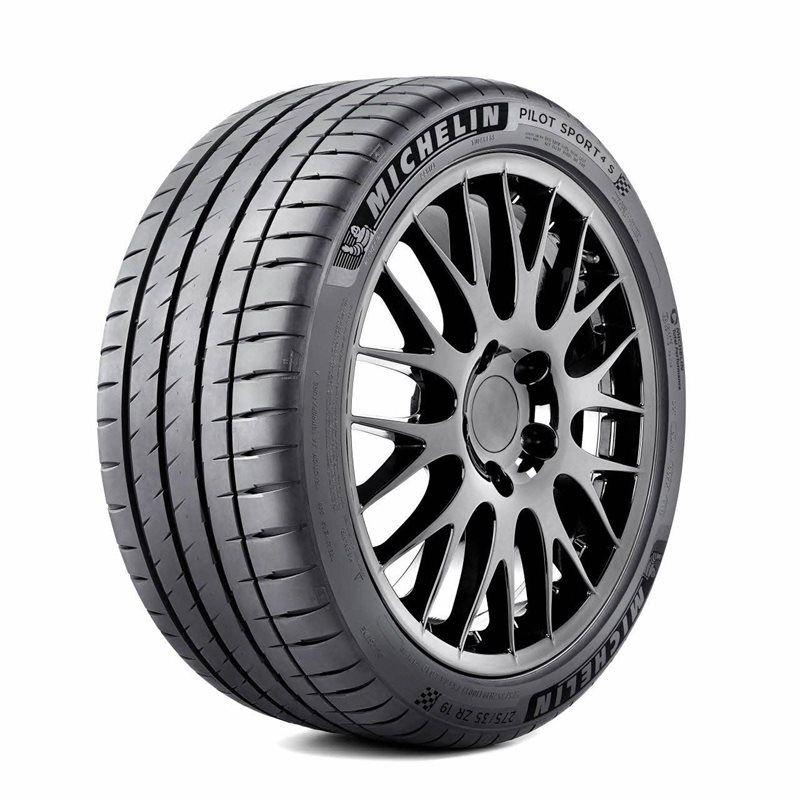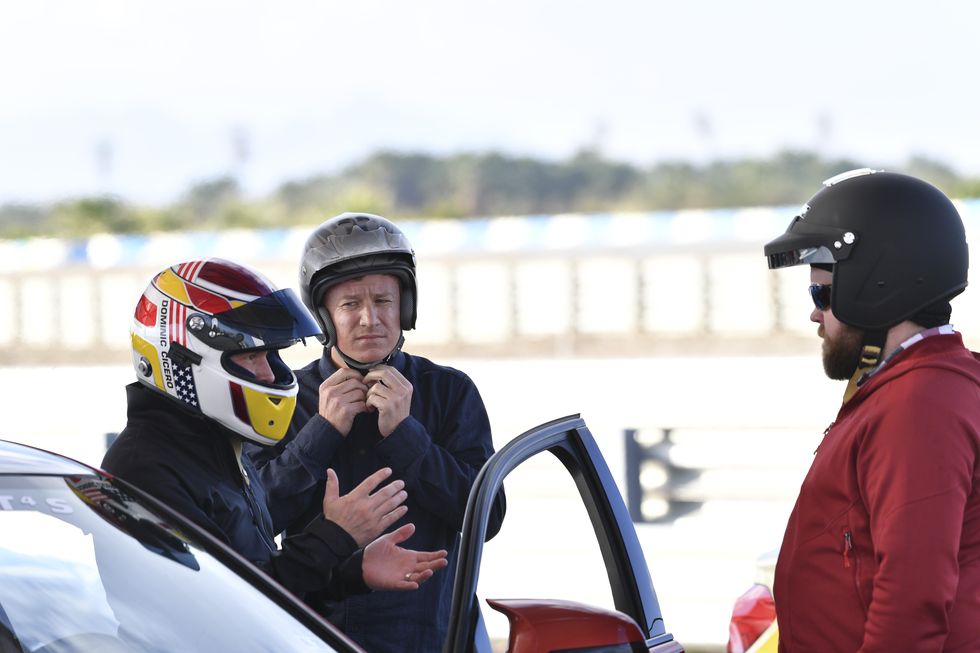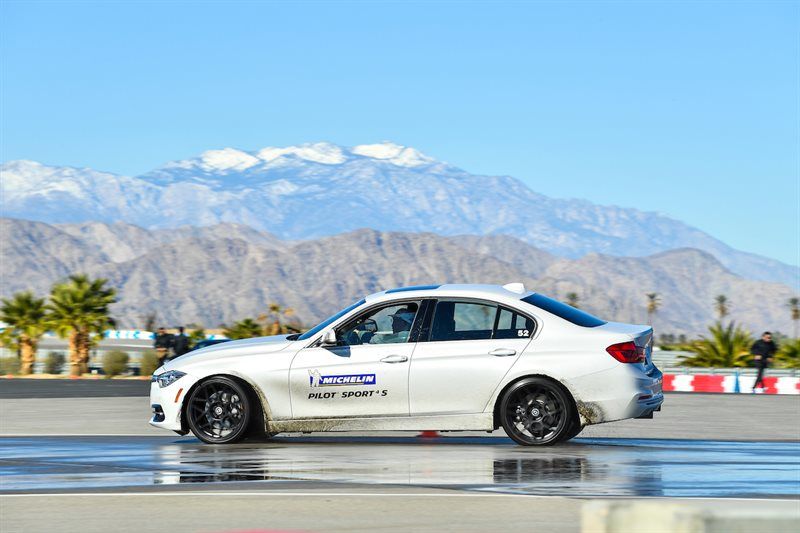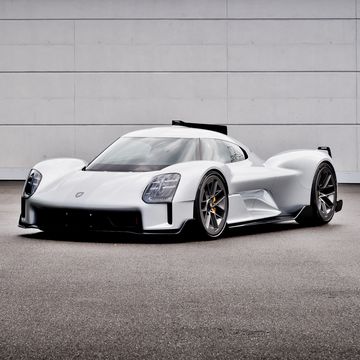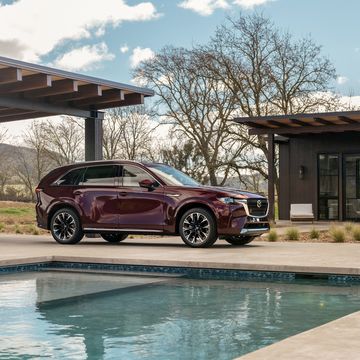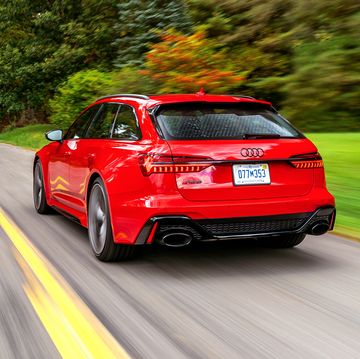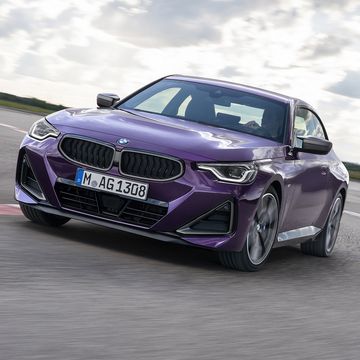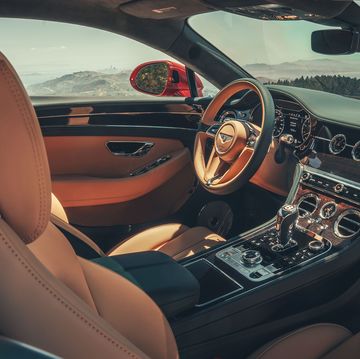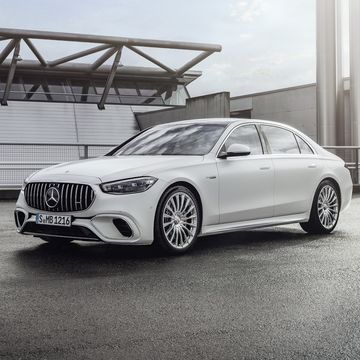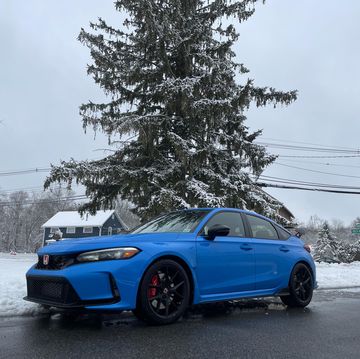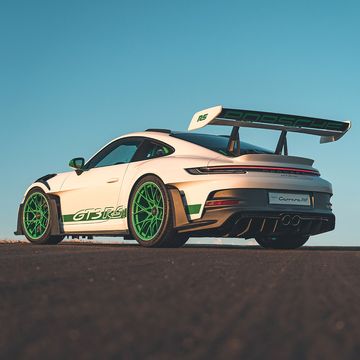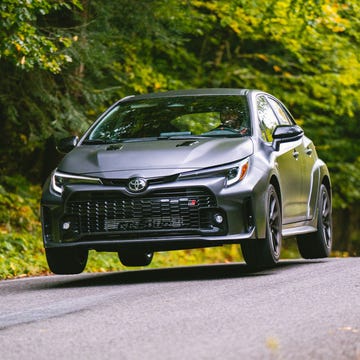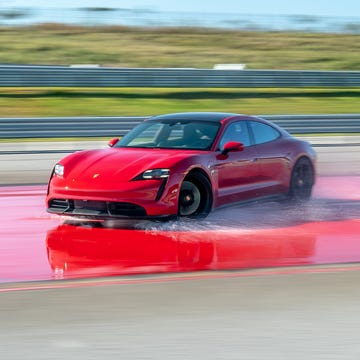For almost 20 years, I've spent the majority of each calendar year sleeping in questionable hotels and chasing wins in the endurance classics at places like Sebring, Daytona and Le Mans. Along that trail, I've played a number of roles in tire development programs with a number of the largest manufacturers in the industry. Some days, that nets out to pounding around a privately-rented track, burning through 20 sets of tires and providing driver feedback to engineering teams. If you're a motorsport fan, you've probably heard racing drivers from all disciplines complain about the reduction in testing days—I am here to tell you that there's nothing better than unlimited tire testing.
Like R&T readers, at the heart of it all I'm just a gearhead and a car enthusiast. Tires are an interesting but deeply technical subject that I find fascinating. When R&T asked me if I would be up to travel to Palm Desert, California to attend the launch of the new Michelin Pilot Sport 4 S, I tried to approach the test for this new tire like I would testing a new racecar: soak up the experience, learn, ask questions, but remain highly critical.
To my chagrin–and I'm sure to Michelin's, too–the launch of their new all-new Ultra high performance summer tire took place during some unusually cold and wet Southern California weather. As it turned out, the conditions shed a lot of light on just how complex and capable modern Ultra High-Performance (UHP) tires are. After some time on wet and dry test modules including autocross and braking exercises, they led us on an incredible route through Joshua Tree National Park (with the luxury of a CHP escort) along many of Southern California's classic desert roads. I'll tell you that I had my doubts at the start of the day that an Ultra High-Performance Tire was going to work at 46 degrees F and wet ripping across the desert. That's where I became particularly engaged and started to really dig in.
Michelin introduced the PS4S for a couple of reasons, not the least of which is that they perceived the competition to be closing in on them, particularly in wet weather performance. The pace of development in Michelin's motorsport activities also yields technologies and construction concepts that translate to consumer products, and they felt they had a big, progressive step ready for the real world. Put another way, Michelin had the chance to move the goalposts, and wanted to set a new standard.
The science behind a tire that can deliver great performance and versatility in all conditions is really complex. By developing this generation of tire, Michelin has made several evolutions to the former Pilot Super Sport, and like all things in racing, the individual evolutions seem insignificant alone, but when added together the performance leap is impressive. They've come up with construction methods which they call "Dynamic Response Technology," which allows the tire to perform differently (and predictably) under heavy corner loads and heavy braking.
Also, while asymmetrical tread patterns have become the industry standard, Michelin has used multiple rubber compounds across the contact patch—a softer compound on the inner shoulder of the tire for plentiful grip in easy driving conditions, and a harder compound that comes to life when it reaches proper operating temperature—all while providing great wear resistance and longevity. This is really the "have your cake and eat it too" part of the equation, so that consumers can access really high performance across an even wider variety of conditions, all on one tire.
Each of these things sounds small, but all the science really boils down to the fact that racing-grade technology is available to consumers, with ultra high-performance tires that provide much more versatility in non-ideal ranges of surfaces and conditions—whether loose, grippy, dry, wet, hot or cold. Michelin have done a terrific job of translating all the learning and development from their heavy involvement in the pinnacle of motorsport, and the end result is that they've put a lot of that technology and performance into the consumer market.
My takeaway was pretty clear: I'm damn impressed with how well the tire behaves in cold and rainy road conditions. In my time on the PS4S, there was never that annoying feeling of "chatter" from the tire. Often in low temperatures, lesser performance tires fail to produce grip. Also, the tire's ability to evacuate standing water—a trait that I'd associate more with an All-Season tire—was really confidence-inspiring. For what it is, the PS4S really does feel pretty Goldilocks: great grip and performance across a huge variety of conditions.
The one chance we were given to compare the PS4S against the competition was on a wet / dry autocross course with an emergency stop box at the end; we had the chance to directly compare Michelin with cars fitted with a Japanese brand and an Italian one (you can guess which they were). The data recorded and provided to me after the runs backed up my driving feedback: one competitor was nowhere close while the other put up nearly identical stopping distances and yielded similar driving impressions.
I will say that the PS4S stood out in its ability to remain consistent over the lap and provide greater resistance to lateral and vertical load, especially when I asked the tire for both at the same time. This is a classic motorsport scenario that manifests itself when a driver attempts to trail-brake or accelerates hard while still cornering: in both cases the performance comes back to the integrity of the contact patch. The tire's internal casing and sidewall construction make it deform in a predictable way under varying conditions, which allows the tire's compounds and tread patterns to do their job at the highest stress level.
Weather can be a catalyst to lots of things. In this case, the unexpected rain shifted my focus and allowed me to experience the tire in the wet. It was interesting to learn the depth of engineering that goes into producing a summer tire that behaves so well in cold and wet conditions. In retrospect, it seems pretty obvious: let the tire be what it needs to be based on weight and the forces being sent through the tire, construct it so it ticks all the performance boxes and calibrate it so that it's more often than not in its sweet spot.
All of this was summed up to me on the autocross course where the PS4S were able to produce the strongest data—but what really set the PS4S apart for me was its ability to remain consistent and produce more grip and more roll resistance as the pressures and temperatures built up. Admittedly, I was ragging the tires past their limits, but what else would you expect?
Competition is what is driving the progression–we see it all around the motorsport and car markets, and tires are such a pure example. I was surprised to find how tight it is at the front of this segment, but I appreciate Michelin's honesty about what has pushed this PS4s out ahead of the beloved Pilot Super Sport. Being the benchmark isn't always easy.
